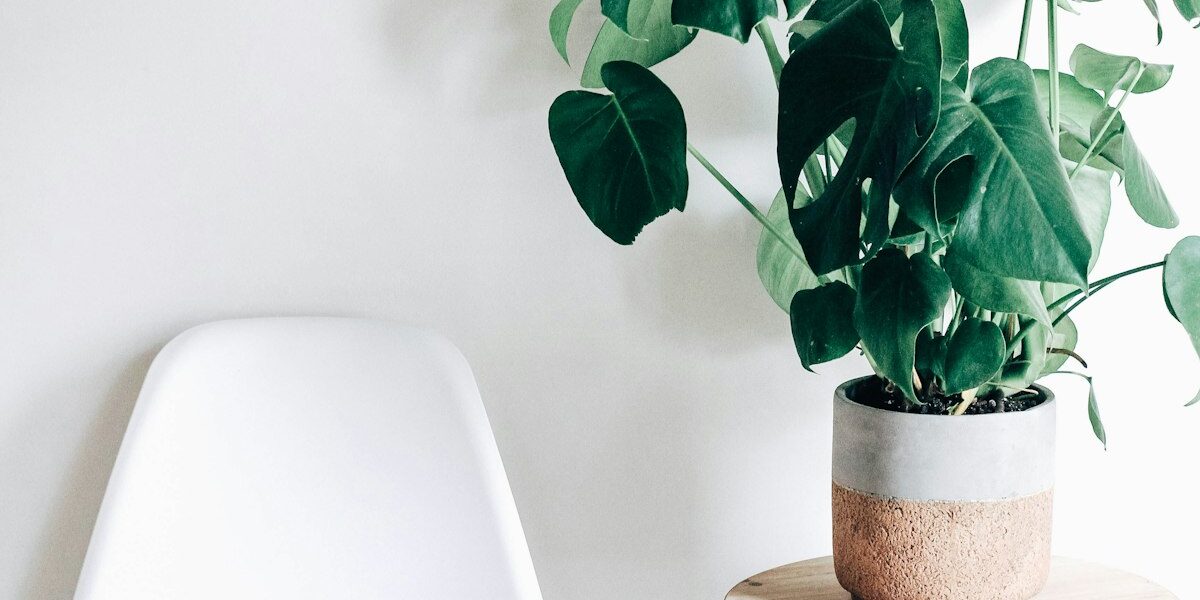How to Reduce Indoor Air Pollution in NW Homes
How to Reduce Indoor Air Pollution in NW Homes
Indoor air pollution can be a serious concern, especially in the Northwest where homes are often sealed tightly to conserve heat during colder months. Contaminants like dust, mold, chemicals, and allergens can accumulate, leading to poor air quality. Improving indoor air quality can enhance your health and well-being.
Ventilation

One of the simplest ways to reduce indoor air pollution is by improving ventilation. Open windows and doors when weather permits to allow fresh air to circulate. Use exhaust fans in kitchens and bathrooms to remove humidity, smoke, and odors.
Air Purifiers
High-efficiency particulate air (HEPA) filters can capture particles like dust, pollen, and pet dander. Place air purifiers in rooms you spend the most time in, such as bedrooms and living areas. Ensure the device is suitable for the room size for maximum effectiveness.
Houseplants

Some houseplants can help reduce certain pollutants. Spider plants, snake plants, and peace lilies are known to purify air by absorbing toxins. However, plants alone won’t solve air quality issues but can supplement other measures.
Controlling Humidity
High humidity levels can lead to mold growth. Use dehumidifiers to keep indoor humidity between 30-50%. Repair leaks promptly and ensure proper drainage around your home to prevent water from seeping inside.
Regular Cleaning
Dust and vacuum your home frequently to remove dust mites, pet dander, and other pollutants. Use a vacuum with a HEPA filter and clean or replace it regularly. Don’t forget to wash bedding, curtains, and other fabrics that can trap allergens.
Non-Toxic Cleaning Products
Many cleaning products release volatile organic compounds (VOCs) that can be harmful. Opt for non-toxic, natural cleaning agents like vinegar and baking soda. Look for products labeled as low-VOC or VOC-free.
Reduce Smoking Indoors
Secondhand smoke contains numerous toxins. Encourage smokers to step outside to light up. If quitting is not an option, designate a well-ventilated area far from common living spaces as a smoking zone.
Pet Care
Pets can contribute to indoor air pollution through dander and tracked-in dirt. Bathe and groom pets regularly. Keep litter boxes clean and place them in well-ventilated areas.
Avoid Scented Products
Scented candles, air fresheners, and incense can release chemicals into the air. Choose unscented or natural alternatives. Beeswax candles and essential oil diffusers are safer options.
Improve Heating and Cooling Systems
Regular maintenance of your HVAC system can improve indoor air quality. Change filters every 1-3 months depending on usage. Consider installing an air exchange unit to introduce fresh air while retaining heat or coolness.
Avoid Using Pesticides Indoors
Pesticides can introduce harmful chemicals. Opt for natural pest control methods like sealing cracks, removing food sources, and using traps. If necessary, use non-toxic sprays.
Minimize Carpeting
Carpets can trap pollutants and allergens. Consider using hard flooring options like wood or tile, which are easier to clean. If carpet must be used, choose low-pile alternatives and clean them regularly.
Gas Appliances
Ensure that gas appliances are properly vented to prevent the buildup of carbon monoxide and other pollutants. Regular maintenance and proper installation are key. Use a carbon monoxide detector.
Building Materials
When renovating, select building materials that emit low levels of VOCs. Paints, adhesives, and coatings should be chosen carefully. Look for products certified by reputable environmental agencies.




Subscribe for Updates
Get the latest articles delivered to your inbox.
We respect your privacy. Unsubscribe anytime.